John le Carré: Thinker, Writer, Cold War Spy
John le Carré, Britain’s elegant chronicler of mandarins and moles, left an intriguing unpublished manuscript on his death: a full-length novel that searches the soul of the modern Secret Intelligence Service (SIS). Silverview follows Julian Lawndsley, a bookseller in an English seaside town.
Le Carré’s twisting-turning manuscript isn’t the only secret revealed in the years surrounding the novelist’s death in December 2020, however. Much like his spying career, Le Carré’s final years were rich with delicate truths about a most-wanted man.
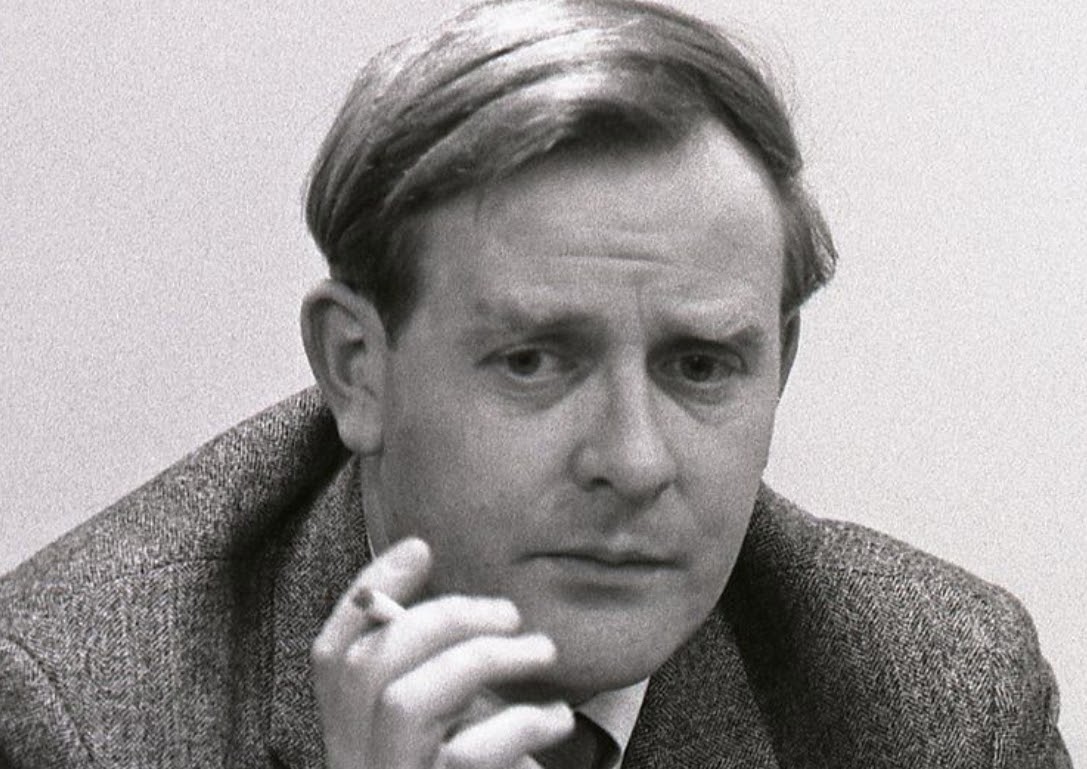
Le Carré spied because he wanted the shelter of a God-like organization, he said in 2017. He had a talent to deceive, a desire to belong, and he wanted to know he was one up on his neighbor on the bus. He was also driven by his love of Britain and willingness to serve without acknowledgement: “For I never knew a spy yet who didn’t think he occupied the higher moral ground.”
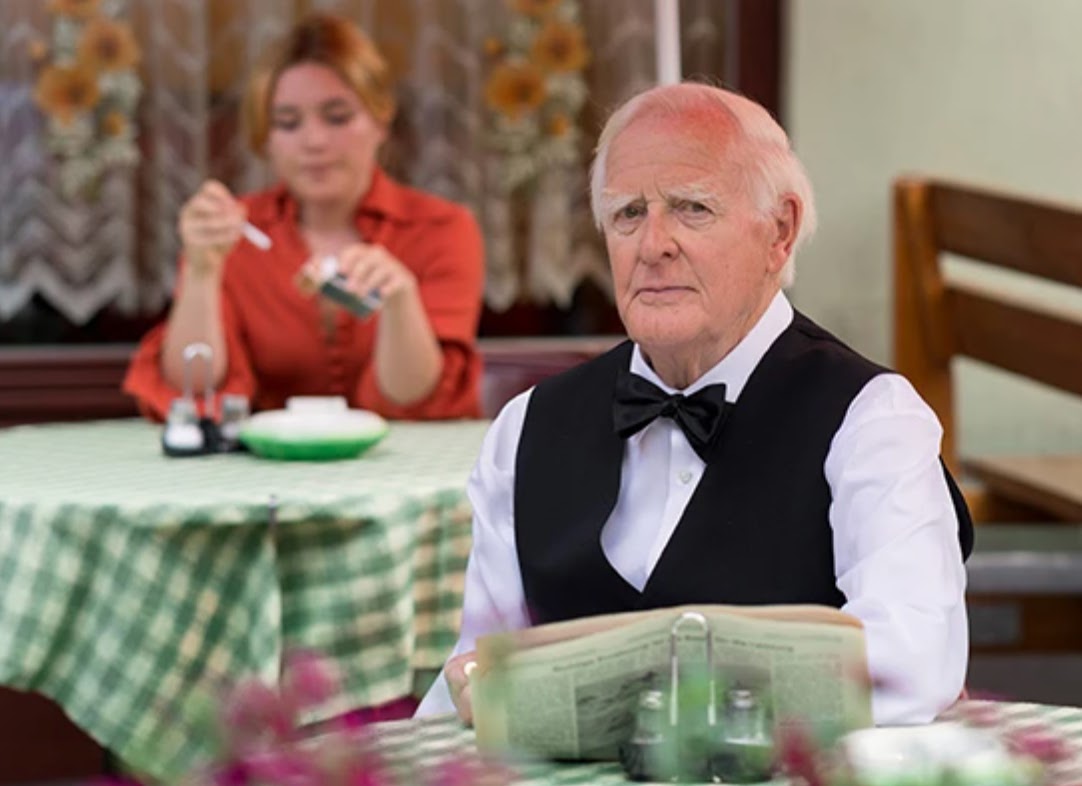
He was a chameleon slipping comfortably into different roles. Le Carré’s cameo as a waiter in The Little Drummer Girl wasn’t an ego boost, said Simon Cornwell, the eldest of Le Carré’s four sons and executive producer of the series. “The flippant answer is that he’s a bit of a ham. The serious answer is that he’s a very talented man who could have been many things in life. His drawings are very impressive - he worked as a book illustrator early in his career - and I think he could have become an actor.”
"The brand new social experience where you activate your gaming skills as you train like a spy."
- TimeOut
Take on thrilling, high-energy espionage challenges across different game zones.

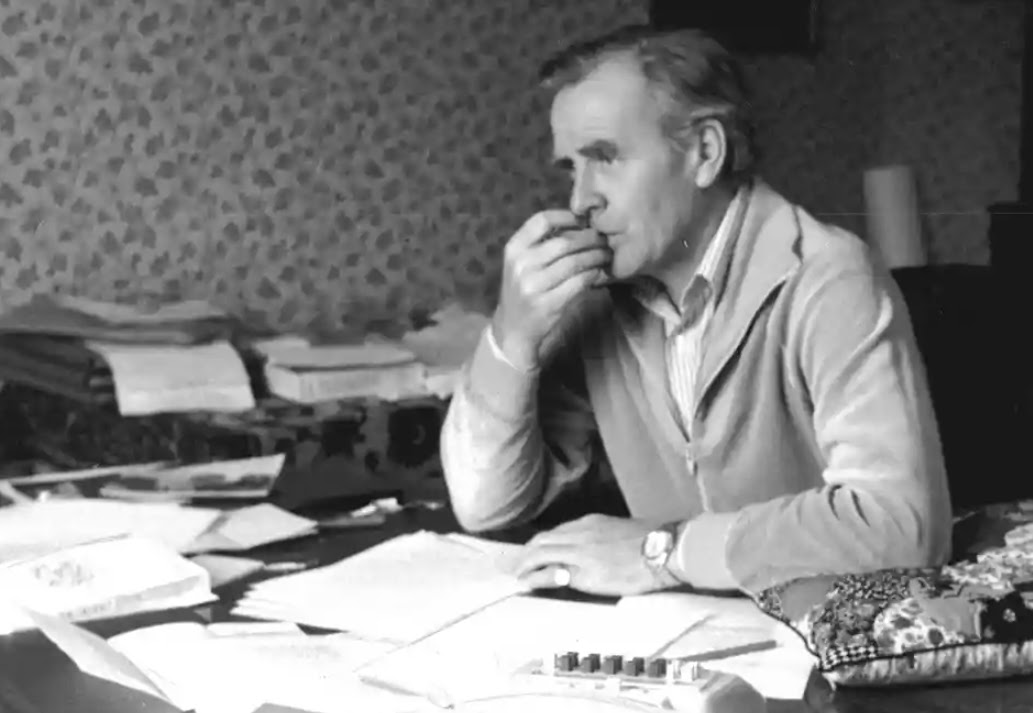
Le Carré spied for MI5 and later MI6 - drily referred to at MI5 as ‘those sh**s across the park’. Le Carré adopted many codenames, all starting with ‘C’. The SIS reasoning was that pseudonyms shouldn’t clash with an officer’s ancestral gold cufflinks or the pocket of his silk pajamas. “So it was somehow inevitable that when I later came to choose yet another false name, my pen name, it too should begin, as if by regulation, with a C,” the author recalled.
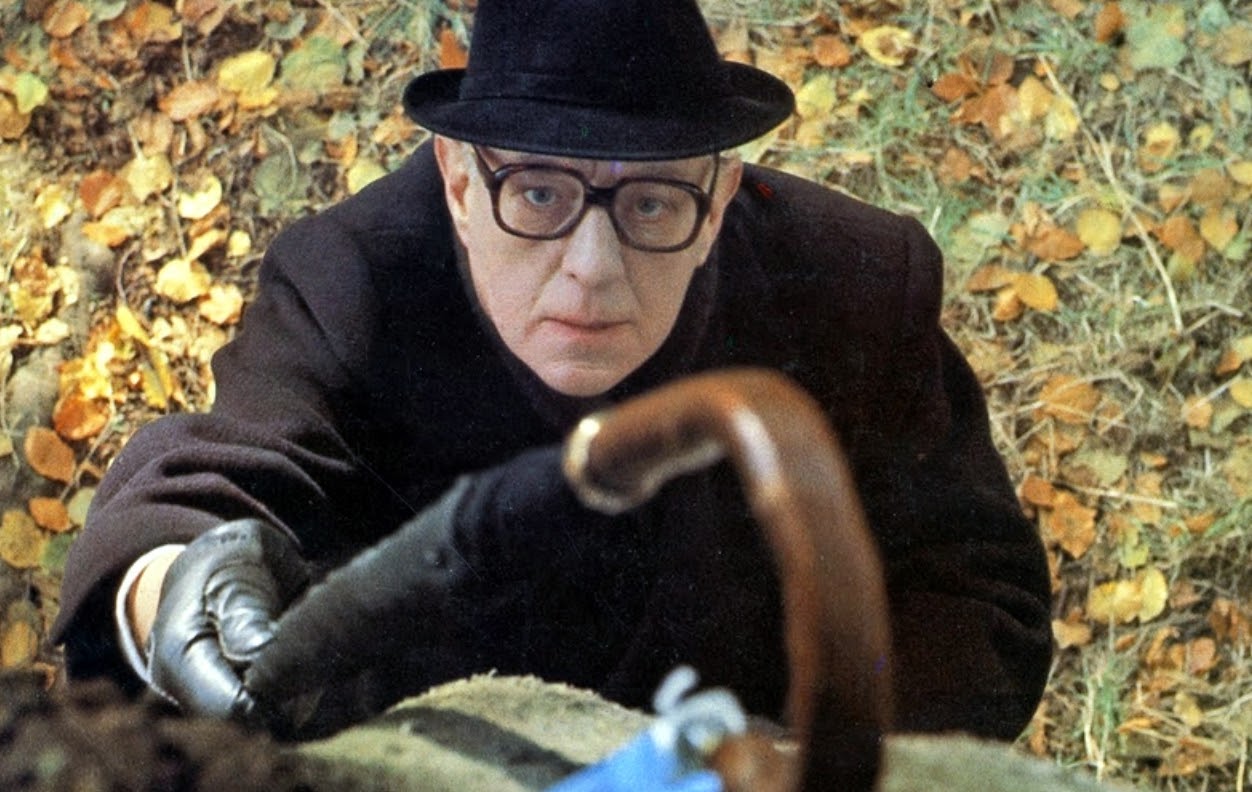
Smiley’s character was based on le Carré’s former Oxford tutor Vivian Green and on his mentor and spymaster Barron Clanmorris, a respected thriller novelist writing under the pen name John Bingham. What did le Carré like most about Smiley? “I think, how he toughs it out,” Le Carré told 60 Minutes. “He does a good job and much of it is distasteful to him, but he has a sense of duty, and he has a sense of moral obligation, and a sense of balance... His greatest operational weapon is his humanity.”
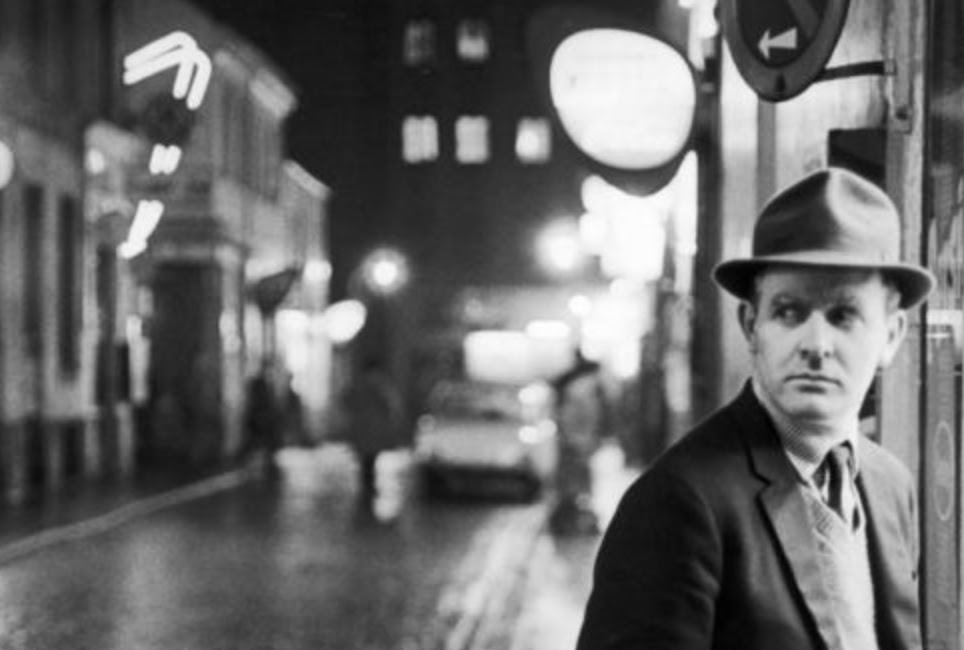
Le Carré’s diplomatic cover in Germany was blown by Kim Philby of the notorious Cambridge Five. He quit to focus on writing, never quite sure how much the Kremlin knew about him. “I’ve been betrayed by Philby. I actually refused to meet Philby in Moscow in 1958,” Le Carré said. “To me, Philby was a thoroughly bad lot, just a naturally bent man. You have to remember Philby was in line to become head of SIS. I wouldn’t have trusted him with my cat for the weekend.”
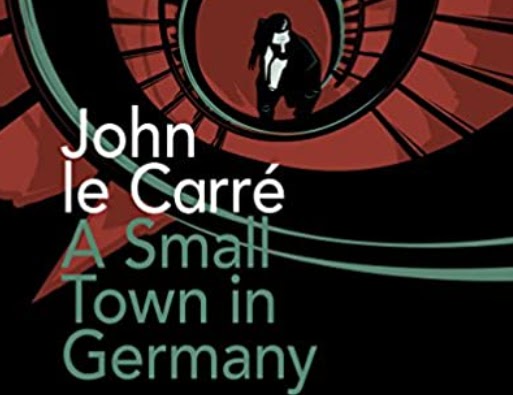
Le Carré’s wife, Valerie Jane Cornwell, rescued A Small Town in Germany (1968) when it was - quite literally - in pieces on the floor. She typed le Carré’s manuscripts, intervening in private with comments. “It was their conspiracy, the thing that no one else could ever offer him, in which they both connived,” his youngest son, Nicholas, said. “I was witness to it as a child and then as a teenager, but by and large only they knew what passed between them and how much she reframed, adjusted, trained the novels as they grew.”

In the 1990s, le Carré was reading John Grisham and admiring his command of plot and suspense. At the time, he was researching The Night Manager in Miami and envisioned Daniel Day-Lewis and Julia Robert as the film's stars. Le Carré spent weeks interviewing police and US Drug Enforcement Agency agents, zeroing in on the relationships between characters, the casual talk, the detail that revealed depths. He usually relied on five readers for feedback on manuscripts including Three Days of the Condor director Sydney Pollack.
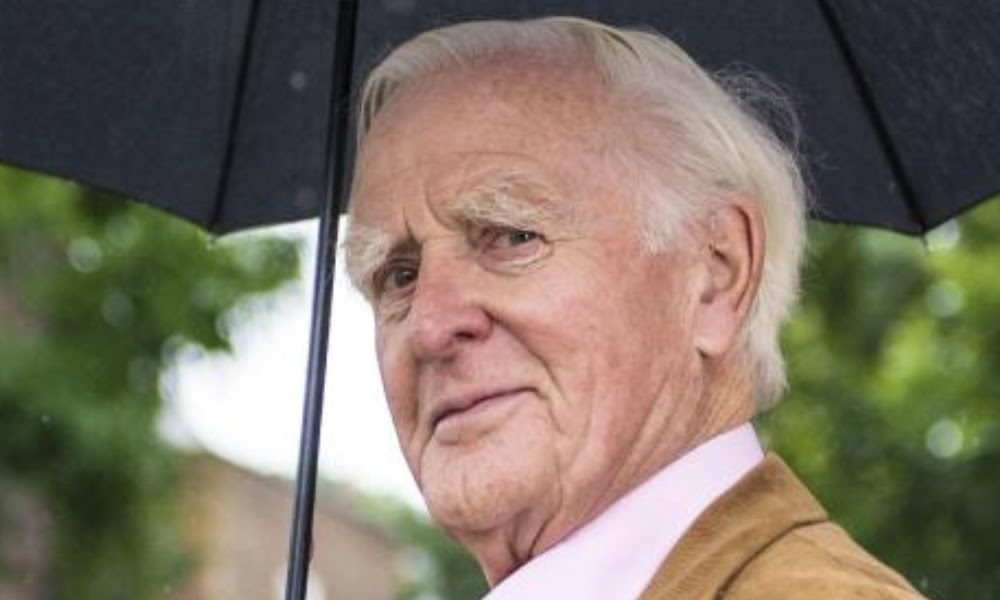
Le Carré believed the need for old-school spying was even more pressing post-9/11 in an age of cyber espionage. “Techniques of maintaining secrets have gone backward,” le Carré said. “If you and I are going to enter into a conspiracy now, we don’t do it through the ether. We don’t do it by computer. We exchange notes... We keep paper again. Paper is back in.”
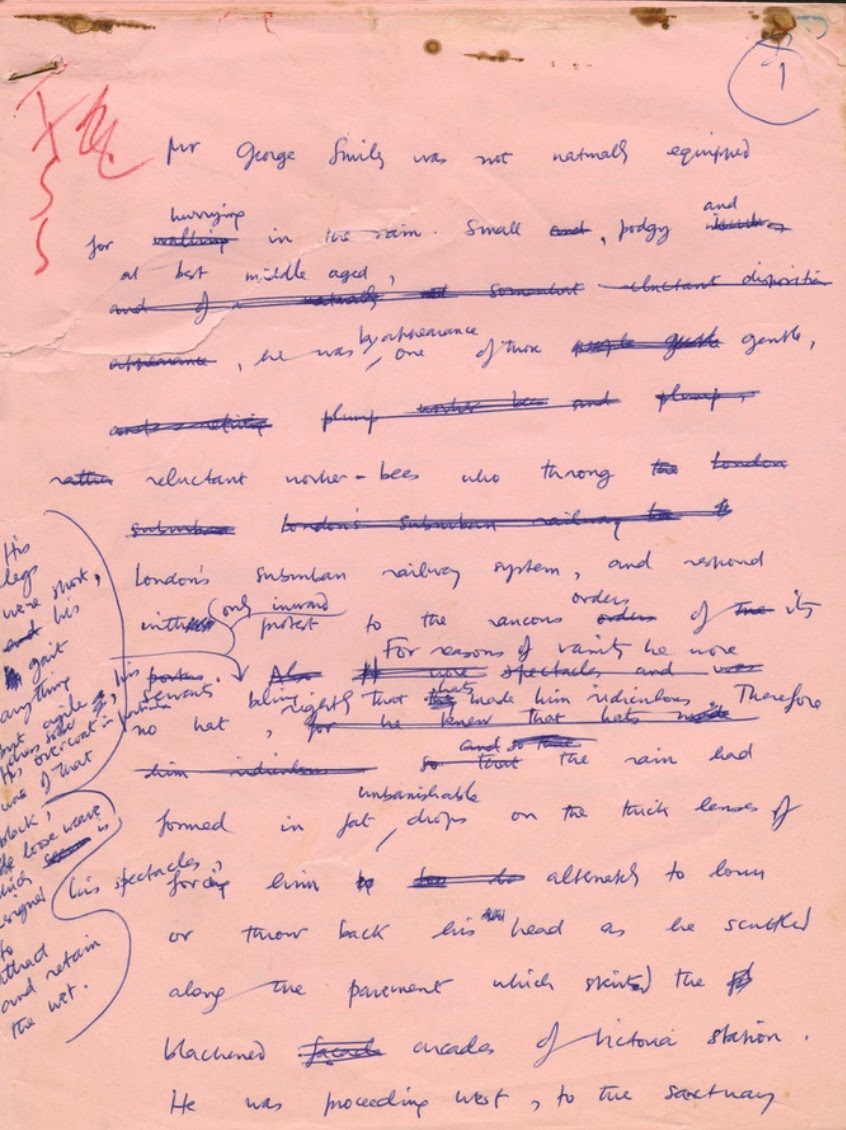
Le Carré left his manuscripts to the Bodleian Library at Oxford University. The 17 boxes for Tinker, Tailor, Soldier, Spy chart the progress of a novel that describes Smiley as small, podgy, middle-aged, and '’by appearance one of those gentle, reluctant worker-bees who throng London's suburban railway system'’. (The worker-bee description was later dropped.) Le Carré studied at Lincoln College, Oxford and was delighted to give the university his archive: “While I have the greatest respect for American universities, the Bodleian is where I shall most happily rest.”
SPYSCAPE+

Join now to get True Spies episodes early and ad-free every week, plus subscriber-only Debriefs and Q&As to bring you closer to your favorite spies and stories from the show. You’ll also get our exclusive series The Razumov Files and The Great James Bond Car Robbery!
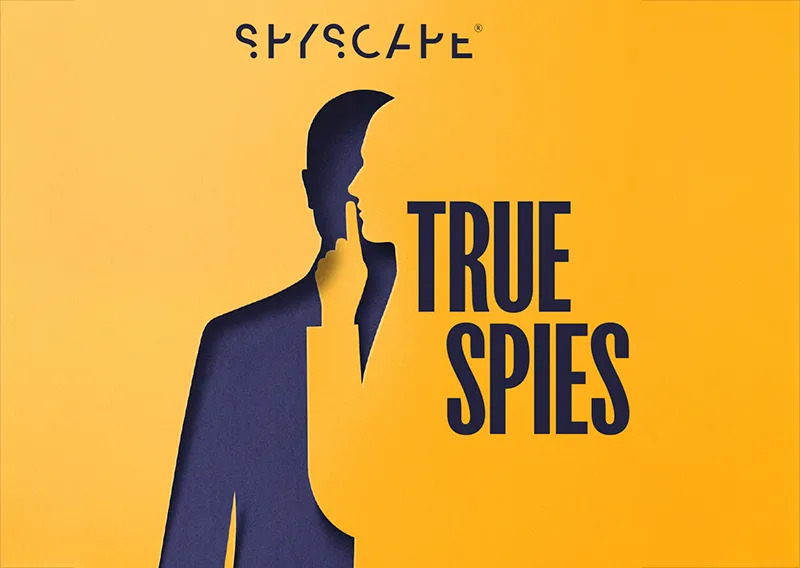
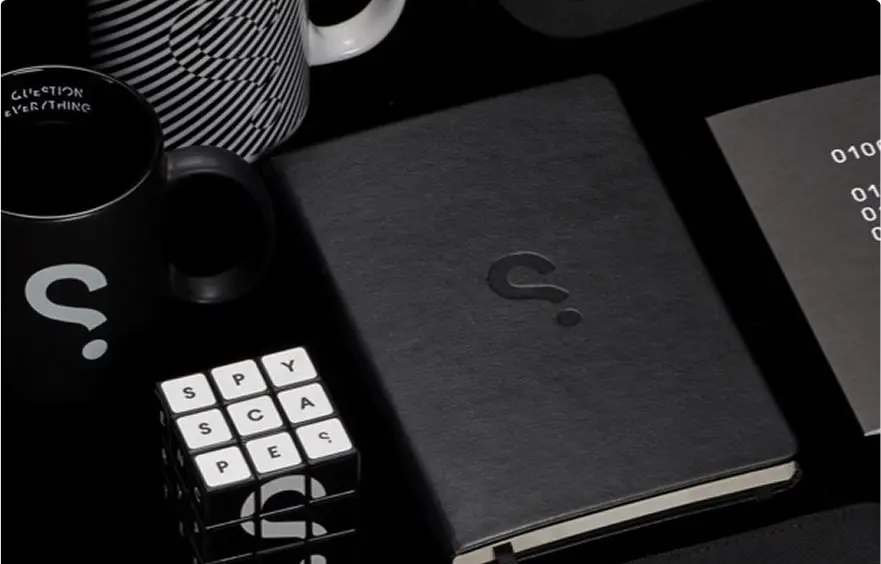
Gadgets & Gifts
Explore a world of secrets together. Navigate through interactive exhibits and missions to discover your spy roles.
Your Spy Skills
We all have valuable spy skills - your mission is to discover yours. See if you have what it takes to be a secret agent, with our authentic spy skills evaluation* developed by a former Head of Training at British Intelligence. It's FREE so share & compare with friends now!
* Find more information about the scientific methods behind the evaluation here.
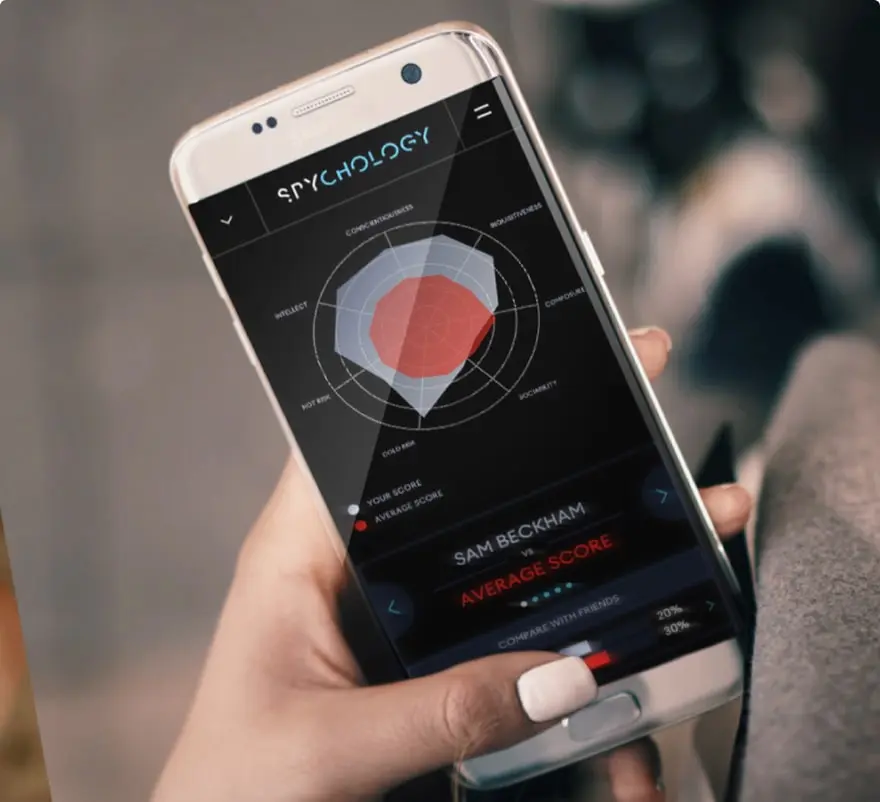

Stay Connected
Follow us for the latest
TIKTOK
INSTAGRAM
X
FACEBOOK
YOUTUBE